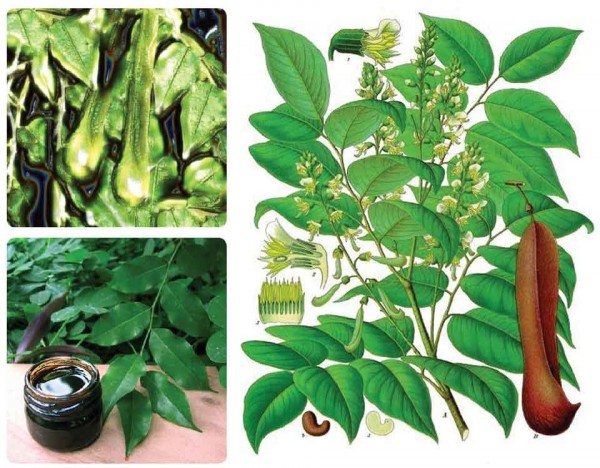Balsam of Peru
They’re in bloom now, and the sweet but spicy aroma is easy to recognize a block away. Beautiful specimens of this tall tree are in many parks throughout the country, the purple blossoms hanging from the rich green branches. They’re not from Peru, but Guatemala, though this handsome tree—officially Myroxylon Pereirae—grows throughout Central America.
Don’t confuse it with other balsams, though. There are over 200 balsams in the world, from the “Christmas tree” of North America to the frankincense and myrrh of the Bible, plants with oily resins that are used in every culture as remedies, flavorings, preservatives and perfumes.
The dark, oily juice of Peru Balsam pods is a treatment for skin disease, a base for rubs and ointments, and a cinnamon-like flavor in some traditional Mayan dishes. In fact, the ancient Maya used the juice and extract as natives do today, to heal, give taste and preserve. Meanwhile, the wood itself can be worked into beautiful furniture, prized as much as the richest mahogany for its grain.
A few people are allergic to Balsam of Peru, either on the skin or taken internally, but it’s a popular ingredient for many dishes and for topical use. It’s not found in supermarkets, but easy to discover in the local markets, in the little stands with other herbal and natural curatives. Home-cooked lotions of Peru Balsam can be purchased for a few quetzals at these market stands. Smooth some on your skin and take some back home as another memory of Central America.
